1. Neglecting Seasonal Cleanup
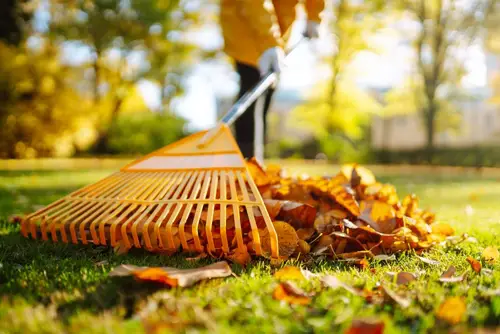
Yards often accumulate leaves, sticks, and debris, especially in the fall and after storms. Leaving that clutter on the lawn smothers the grass and creates bare spots. It also makes your yard look forgotten, like no one’s paying attention. Even a gorgeous lawn loses charm under piles of debris.
Seasonal cleanups keep lawns breathing and looking fresh. Removing leaves, twigs, and thatch helps grass stay strong through every season. It also sets the stage for better growth in spring and summer. A clean lawn signals pride of ownership and instantly boosts curb appeal.
2. Letting the Grass Grow Too Long
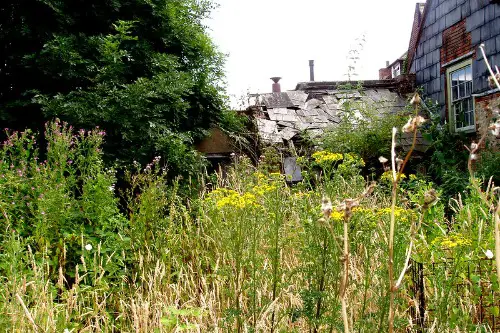
It might seem harmless to skip mowing for a week or two, but overgrown grass makes your whole yard look messy fast. Once blades get too tall, they can actually weaken the turf because sunlight and water don’t reach the roots evenly. Tall grass also invites pests like ticks and mosquitoes to hang around. The result? A lawn that looks unkempt and feels less inviting.
On top of the visual issues, cutting long grass back too short in one mow can shock and damage it. That leads to brown patches, uneven regrowth, and sometimes even dead spots. Consistent mowing at the right height is the best way to keep grass healthy. It’s not about perfection—it’s about steady upkeep.
3. Scalping the Lawn

On the flip side, cutting your grass way too short, often called scalping, is a fast way to ruin curb appeal. When grass is shaved down, it exposes the soil and makes the lawn look patchy. Weeds seize the chance to sprout in those bare spots, and the whole lawn loses its lush look. A scalped yard doesn’t just look bad—it struggles to recover.
Grass that’s too short has less leaf surface to absorb sunlight, which weakens its ability to grow strong roots. That makes it more vulnerable to heat, drought, and disease. A simple adjustment to your mower blade can save you a lot of headaches. Leaving a little extra height helps lawns stay green, thick, and resilient.
4. Ignoring Brown Patches
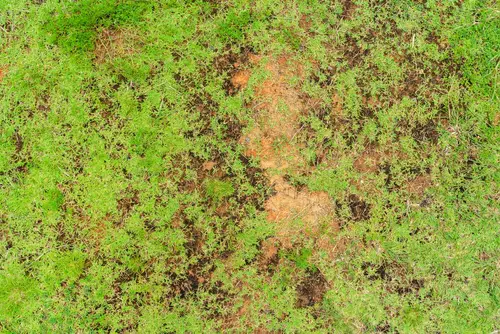
Brown patches stick out like sore thumbs, especially against an otherwise green lawn. They can be caused by fungal disease, poor watering practices, or even pet urine. No matter the cause, they make your lawn look unhealthy and neglected. The longer they sit untreated, the bigger and more noticeable they get.
If you catch them early, you can usually fix the problem with some reseeding or adjusting your watering habits. Sometimes brown patches signal a bigger issue, like soil compaction or pests, which need extra attention. Addressing them quickly shows you care about the health of your yard. A vibrant, even lawn always makes the best first impression.
5. Skipping Fertilizer
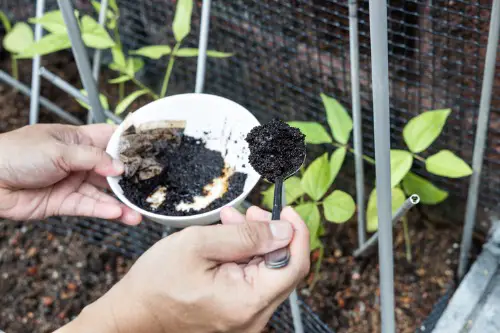
Grass is like any other plant—it needs nutrients to thrive. Without proper feeding, lawns can fade into dull shades of green or yellow, no matter how often you mow. A lack of nutrients also makes grass weaker against drought and foot traffic. That worn-out look instantly drags down curb appeal.
Using the right fertilizer at the right time gives lawns the boost they need. Slow-release options are especially helpful because they provide steady nutrition without overwhelming the grass. Even one or two feedings a year can transform a thin lawn into a lush carpet. It’s a simple step that pays off big in appearance.
6. Overfertilizing

Ironically, too much fertilizer is just as harmful as too little. Overfeeding can burn grass, leaving unsightly stripes or brown spots across the yard. It also pushes the lawn to grow too quickly, which means more mowing and weaker roots. On top of that, runoff from excess fertilizer can harm the environment.
A yard overloaded with fertilizer often looks uneven and patchy rather than healthy. Sticking to recommended amounts is key, and less is usually more. A balanced feeding schedule keeps lawns green without stressing them out. It’s about working with nature, not forcing it.
7. Forgetting to Edge
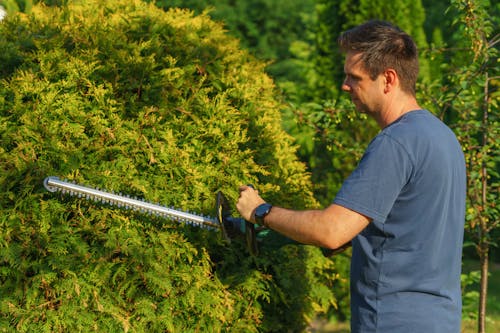
Even a perfectly mowed lawn loses its polished look if the edges are shaggy. Grass spilling over sidewalks, driveways, or garden beds makes the yard feel unfinished. That little detail is often what separates “decent” from “wow” in curb appeal. People notice the edges more than you think.
Taking a few extra minutes to edge gives your lawn crisp, clean borders. It frames your landscaping like a picture frame around artwork. A tidy edge highlights your hard work and makes the whole yard feel intentional. It’s one of the easiest upgrades with the biggest visual payoff.
8. Ignoring Weeds

Weeds might seem like small intruders, but they steal the spotlight quickly. Dandelions, crabgrass, and clover spread fast, and before long they dominate the view. Their uneven growth and different textures break up the smooth, green look of a lawn. It’s hard to admire curb appeal when weeds are waving hello.
Beyond looks, weeds compete with your grass for water, nutrients, and sunlight. That weakens your lawn and makes it harder for the grass to bounce back. Tackling them early—whether by pulling, spot-treating, or overseeding—keeps the problem manageable. A weed-free yard instantly looks more cared for and welcoming.
9. Not Aerating the Soil
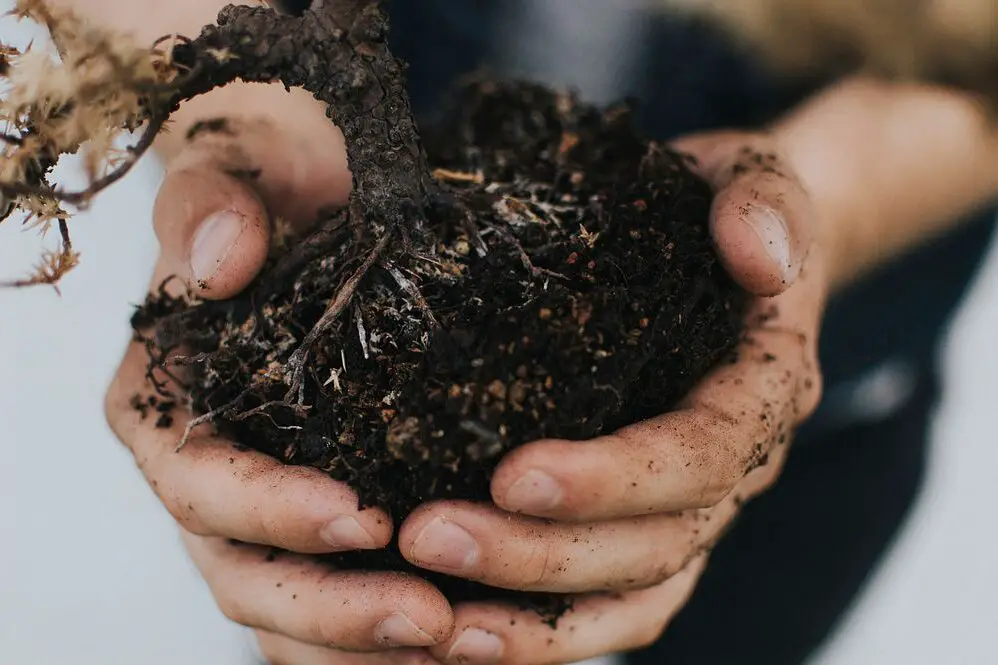
Compacted soil is a silent curb appeal killer. Over time, heavy foot traffic and regular mowing press the soil so tightly that water and air can’t reach the roots. Grass then struggles to grow, leaving thin and patchy areas across the yard. Even healthy-looking lawns can suddenly decline without aeration.
Aerating pokes small holes in the soil to loosen it up, giving roots the breathing room they need. It helps with water absorption, nutrient uptake, and overall growth. Most lawns only need it once a year, usually in the fall or spring. That one step can turn a tired-looking yard into a thriving green space.
10. Using Dull Mower Blades
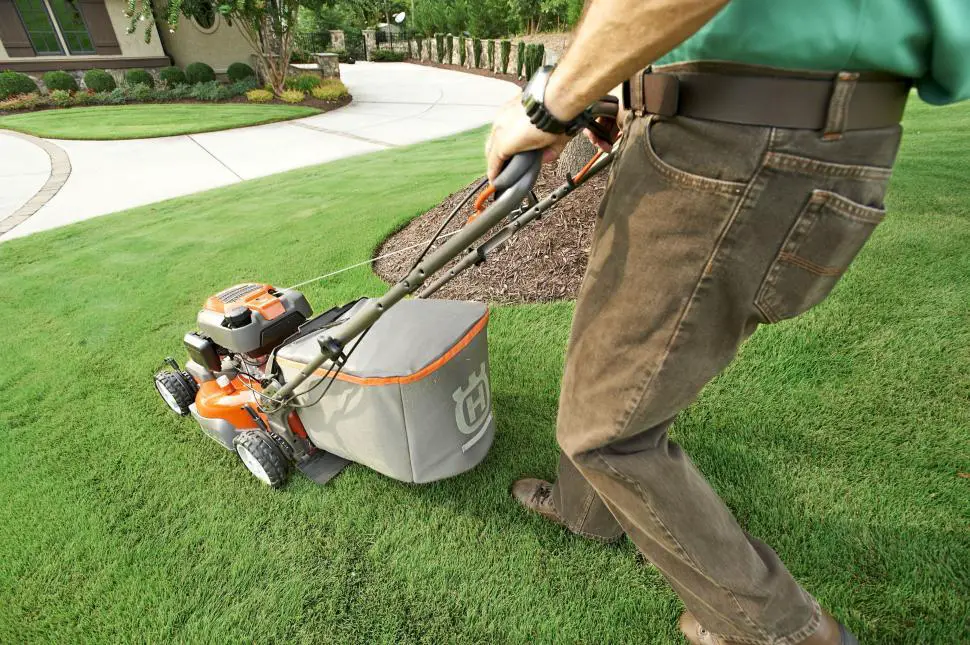
Dull mower blades tear grass instead of cutting it cleanly. This leaves jagged edges that look brown and frayed, making the whole lawn seem unhealthy. Torn blades of grass also lose more moisture and are more prone to disease. The uneven finish stands out more than most people realize.
Sharpening mower blades is an easy fix that pays off immediately. A sharp blade glides through grass for a smooth, even cut. That simple change improves both the look and health of your lawn. Think of it like a haircut—clean cuts always look better than ragged ones.
11. Watering at the Wrong Time
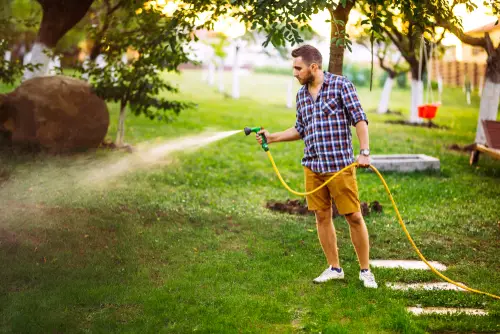
Many people water their lawn in the heat of the day, thinking it helps when the sun is strongest. But much of that water evaporates before it ever reaches the roots, which wastes time and money. Watering at night isn’t much better, since the grass stays damp too long and encourages disease. Both habits hurt curb appeal in the long run.
The sweet spot for watering is early morning, when the air is cooler and the sun is just starting to rise. This gives grass the moisture it needs without lingering dampness. Deep, infrequent watering is also better than daily shallow sprinkles. A well-hydrated lawn shows up as greener, thicker, and healthier to anyone walking by.
12. Planting the Wrong Grass Type
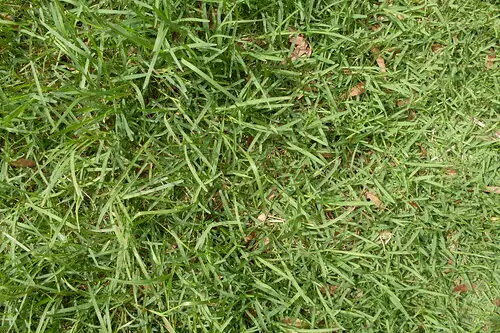
Not all grass is created equal, and the wrong type can sabotage your yard. Some grasses thrive in cool climates, while others need heat and sun. Planting the wrong variety leads to thin growth, brown patches, and constant struggles. No matter how much you care for it, it just won’t look right.
Choosing a grass type suited to your region makes all the difference. It grows more naturally, resists local pests, and holds its color better. Your lawn ends up looking healthier with less effort. The right match is the foundation of lasting curb appeal.
This post 12 Lawn Care Missteps That Kill Curb Appeal Instantly was first published on Greenhouse Black.
